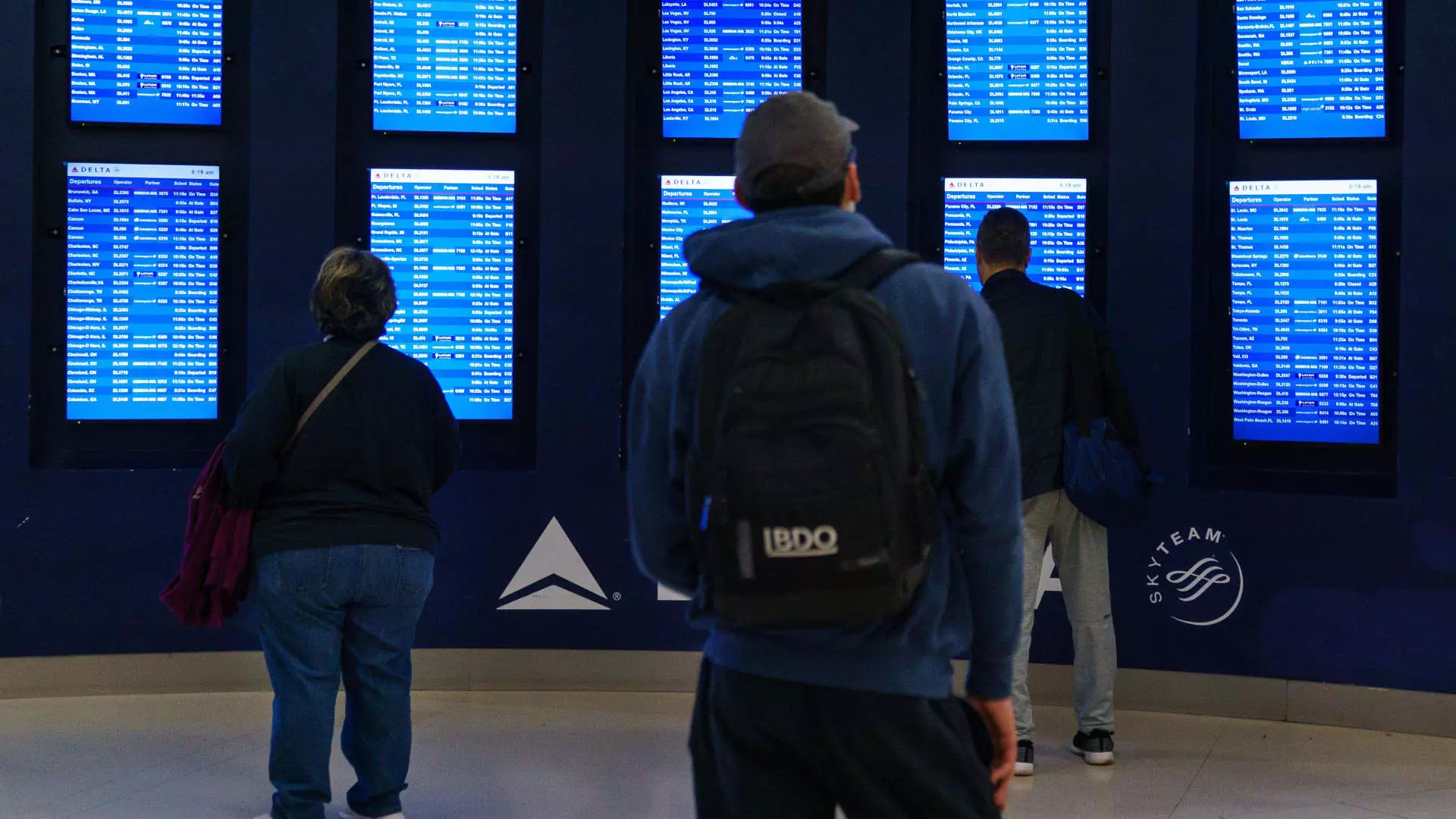The airline industry is witnessing an unprecedented surge in demand for air travel in 2024, primarily driven by a resurgence in international journeys. Data provided by the International Air Transport Association (IATA) reveals a striking increase of nearly 11% in revenue-passenger miles worldwide from January to October. This robust performance demonstrates not only the resilience of the aviation market following the global disruptions of the pandemic but also highlights a notable recovery in consumer confidence as travelers feel increasingly comfortable taking to the skies again.
Future Projections for Airlines
Looking ahead, IATA anticipates a continued upward trajectory for the airline sector, estimating a significant escalation in aircraft departures, projecting them to reach around 40 million in 2025, reflecting an increase of 4.6% from the previous year. In response to this growing demand, airlines are not merely expanding their fleets but are also reconfiguring existing aircraft to include more premium seating. This strategic focus on enhancing capacity in higher-revenue sections, particularly for long-haul flights, suggests that airlines are prioritizing profitability alongside service expansion.
Despite the optimistic projections of burgeoning passenger numbers, some airlines continue to grapple with significant challenges. The ongoing shortages of new aircraft and the financial difficulties faced by various carriers remain a pressing concern. However, while the industry faces adversity, travelers have reported a noticeable decrease in flight disruptions compared to the acute staffing shortages experienced post-pandemic. This improvement in operational stability indicates that airlines have begun to better manage their resources and workforce to accommodate the returning demand.
Understanding the importance of punctuality in enhancing customer satisfaction, aviation data firm Cirium released a global ranking of on-time airlines. This assessment, which evaluates punctuality based on arrivals within a 15-minute window of scheduled times, serves as a critical indicator of operational efficacy. Delta Air Lines, despite facing significant hurdles, including a major operational disruption due to a cyber incident, managed to top the North American ranking with an 83.46% on-time rate. Other notable performers in North America included United Airlines and Alaska Airlines, both indicative of a broader trend where reliable service is becoming a vital competitive edge amidst burgeoning demand.
As we progress through 2024, the air travel landscape is dynamic and multifaceted, characterized by increasing demand, evolving airline strategies, and an emphasis on operational reliability. While the industry faces challenges, the commitment to expanding and improving service offerings is evident. This momentum not only serves the businesses within the aviation sector but also caters to the renewed expectations of travelers worldwide. Looking towards 2025, the industry’s focus on balancing capacity with reliability will likely be central to its overall success in a changing global marketplace.

